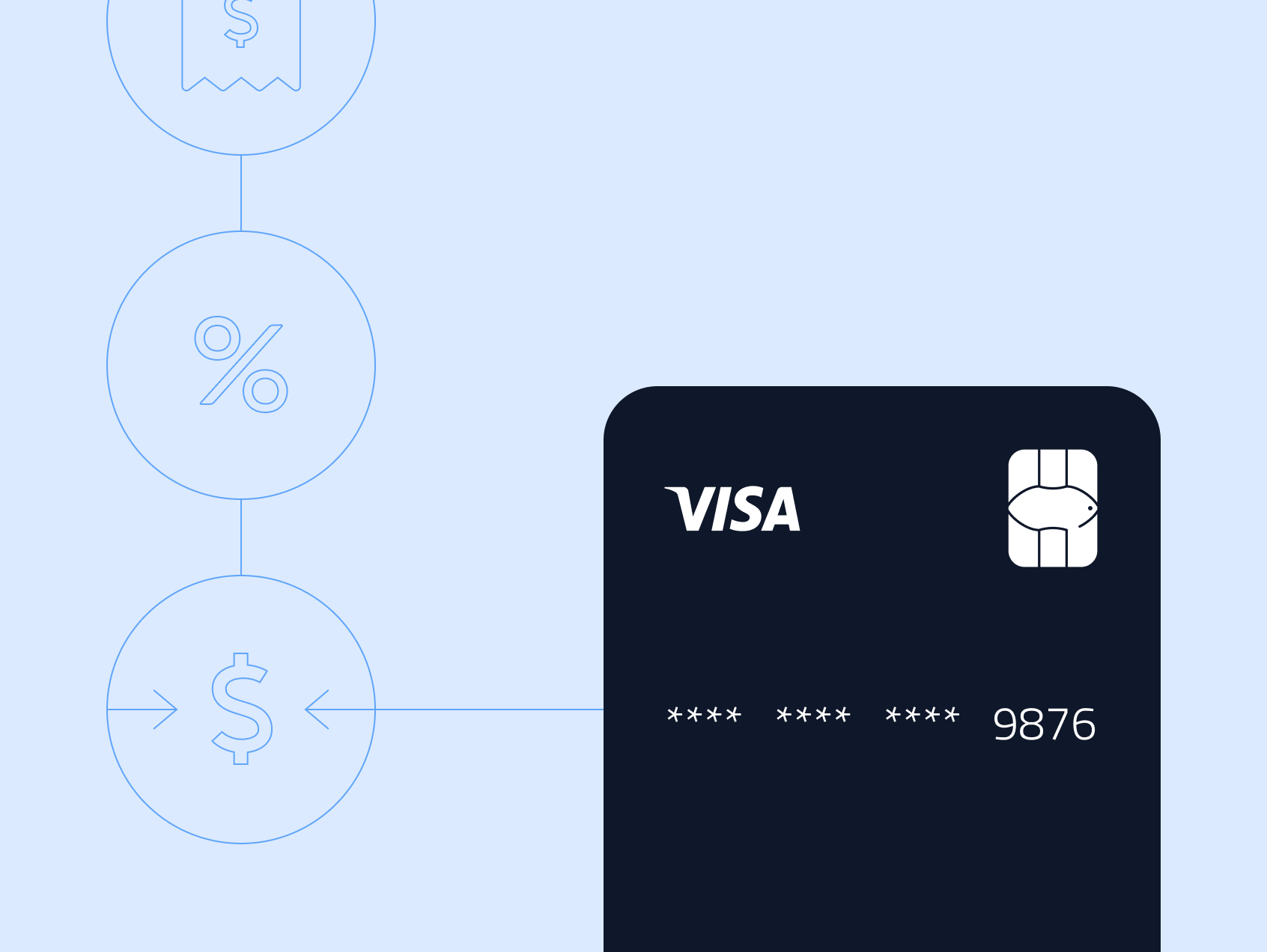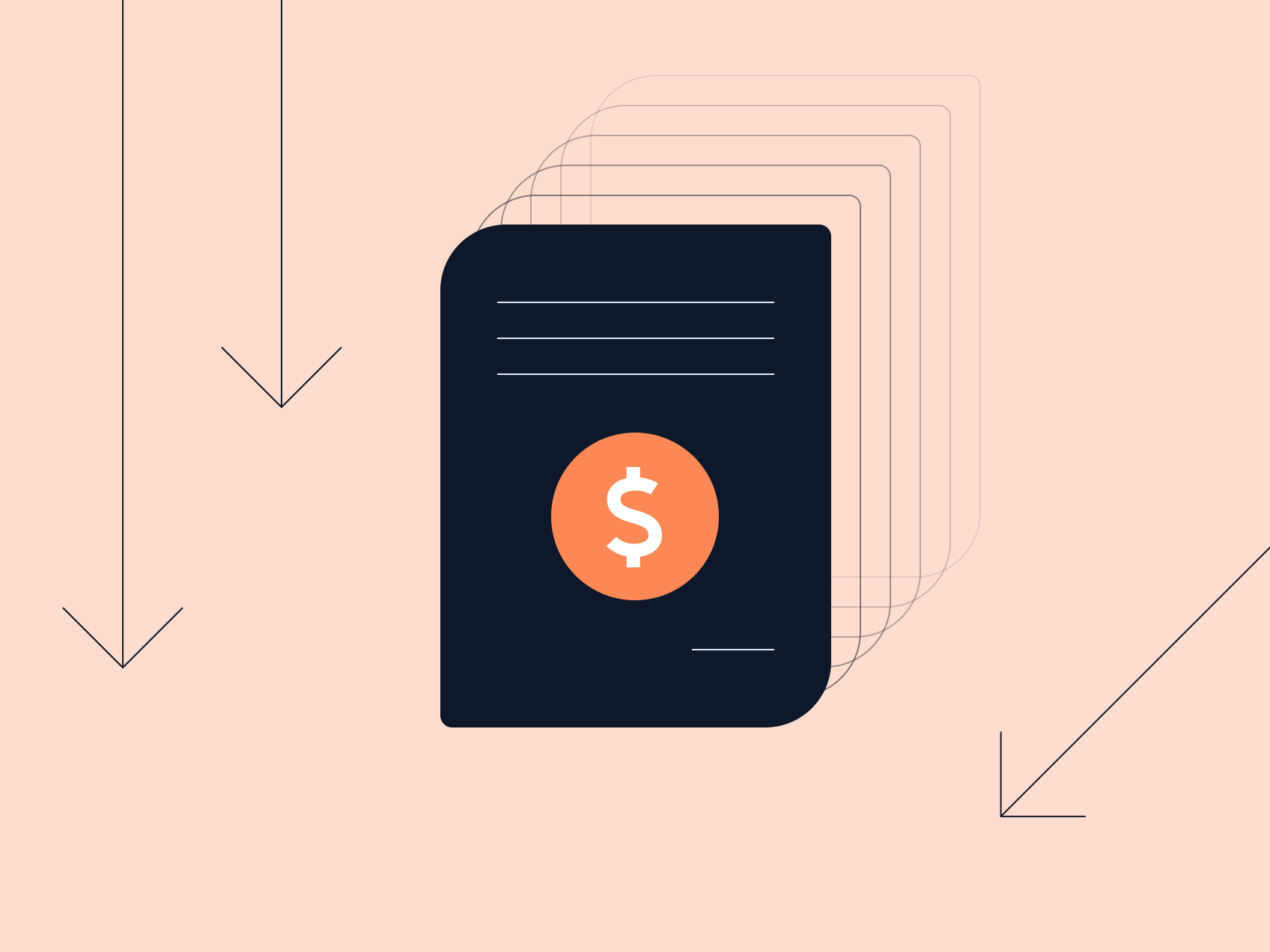Credit card processing fees can be a significant expense for business owners, costing up to 4% of each transaction. A business that processes $50,000 per month in credit card sales might have to pay over $2,000 in fees or $24,000 annually!
What if there was a way to process payments without eating those fees? It may sound too good to be true, but there are several credit card processing methods that allow you to shift these costs to customers. These include surcharges, cash discounts, and convenience fees. Each strategy differs in approach, but they can all significantly reduce or eliminate credit card processing costs.
| Surcharging | Cash Discounts | Convenience Fees | |
| Definition | A fee added to the cost of a purchase to cover the cost of accepting a credit card | A reduction in price for customers who pay with cash | A charge assessed by a business when a customer opts to use a non-standard payment channel |
| Legal status | Legal, but with restrictions in Connecticut, Massachusetts, and Denver | Legal in all states | Legal in all states |
| Compliance rules | Involves strict compliance rules | Minimal compliance rules or restrictions | Some restrictions placed by credit card companies |
| Cost to merchant | Zero cost to the merchant for credit card acceptance | Reduces credit card transactions, but may also reduce revenue | No cost to the merchant for accepting alternative payment channels |
| Customer impact | May lose some sales from customers unwilling to pay the fee | May deter customers who only carry credit cards | May deter customers - especially if they’re unaware of it |
| Customer behavior | No impact on payment method but may impact spending habits | Encourages customers to pay with cash to avoid processing fees | Incentivizes customers to use payment methods you prefer |
| Benefits to merchant | Saves a significant amount of money & improves the bottom line | Saves money by reducing credit card transactions, reduces risk of chargebacks or disputes | Can be added to any form of payment, incentivizes customers to use payment methods you prefer |
What is surcharging?
Surcharging is a way to pass credit card processing fees onto consumers. When a business surcharges, they add additional fees to the bill for customers who use a credit card. The fee is generally a percentage of the total purchase and gets displayed on the bill as a separate line item.
Examples of common surcharges include those added to airline tickets, concert tickets, and other types of tickets sold online. Additionally, some businesses, such as gas stations, implement surcharges to offset the cost of credit card processing fees.
There are some restrictions on surcharging, however. For example, in the US, businesses can only surcharge on credit card transactions, not debit card transactions. Additionally, the surcharge amount cannot exceed the cost of processing the payment—businesses cannot add a profit margin by surcharging.
The law dictates limitations to surcharging. Two states—Connecticut and Massachusetts—ban surcharging outright, while Colorado has a 2% surcharging cap in place. Credit card companies also set rules. For example, brick-and-mortar businesses must post notices at store entrances and registers.
Why do businesses charge a surcharge despite these restrictions? The answer is simple, to save money. Since the surcharge gets passed to consumers, it eliminates the merchant's processing fees. This can be a significant advantage for businesses with high credit card sales volume, as it can save them thousands of dollars (or more!) annually.
Benefits of surcharges
Surcharging has multiple benefits:
- Shifts credit card processing fees to customers
- Zero cost to the merchant for credit card acceptance
- Saves a significant amount of money & improves the bottom line
Drawbacks of surcharges
There are a few drawbacks you should consider as well:
- May lose some sales from customers unwilling to pay the fee
- Involves strict compliance rules
- Requires disclosure before checkout
What are cash discounts?
Cash discounts are another way to offset processing fees. With a cash discount, businesses offer a reduction in price for customers who pay with cash. For example, if an item is normally sold for $100, the cash price might be $97.50, while the credit or debit card price would not change.
It's important to note that offering cash discounts is legal in the United States and does not require compliance with specific laws or regulations. However, businesses must ensure that the cash discount is properly communicated to customers, typically through signage or other forms of notification.
Generally, businesses must advertise a single price which refers to the price a customer would pay with their card. Merchants can then provide a lower price than this listed price for customers who choose to pay with cash. Cash discounts are allowed by all major credit card companies; however, merchants cannot advertise a cash price and then charge more for card payments.
Benefits of cash discounts
Cash discount vs. surcharge, which is better for your business? Consider these benefits of cash discounts:
- Saves money by reducing credit card transactions
- Minimal compliance rules or restrictions
- Legal across the United States
- Encourages customers to pay with cash to avoid processing fees
- Reduces risk of chargebacks or disputes
Drawbacks of cash discounts
Here are a few things to consider before adding cash discounts to your business:
- May deter customers who only carry credit cards
- Customers may spend less if using cash
- Poses a greater security risk as more cash is on-site
What is a convenience fee?
A convenience fee is a charge assessed by a business when a customer opts to use a non-standard payment channel, like paying by phone or online, rather than the traditional form of payment used. For example, you may be charged a convenience fee for paying with a credit card online but not when making the same credit card payment in person.
Convenience fees are standard for utility bills and government services. Your power company may charge you a convenience fee for using a credit card to pay the utility bill instead of their preferred method of payment, which may be a traditional bank transfer.
Convenience fees are different from surcharging, as surcharging is a fee added to the cost of a purchase to cover the cost of accepting a credit card, while convenience fees are charged as a separate fee entirely. Convenience fees must also be disclosed to customers before they complete a transaction. Like surcharges, rules get set by credit card companies. For example, Visa only allows convenience fees if it's a flat rate.
Benefits of convenience fees
When you're thinking about surcharges vs convenience fees, keep these benefits in mind:
- Can be added to any form of payment (as long as it's an alternative payment channel)
- Legal in every state
- Legal in every state
Drawbacks of convenience fees
Before adding convenience fees to your business, consider these drawbacks:
- May deter customers - especially if they’re unaware of it
- Some restrictions placed by credit card companies
Deciding which solution is right for you
Surcharges, cash discounts, and convenience fees are all ways businesses can process payments while offsetting the associated costs of those payments. Each option has its benefits and drawbacks, and the choice ultimately depends on the specific needs of your business.
To decide which is best for your business, consider your customer base, average ticket size, business type, payment mix, and cost of each solution. The first thing to consider is your customer base and their preferred payment methods. If most of your customers prefer to pay with credit cards, surcharges may not be the best option. Second, consider the cost of each option. Cash discounts may be the cheapest option, but they may not be feasible for businesses that rely heavily on credit card transactions. And as with everything in business, be aware of any legal restrictions or regulations that may apply to each option.
Ultimately, the choice between surcharges, cash discounts, and convenience fees depends on your business's unique needs and circumstances. Surcharges can be a good option for businesses that want to offset credit card processing fees, while cash discounts can incentivize customers to pay with cash. Convenience fees can help businesses recoup the cost of providing convenient services to their customers. By weighing the pros and cons of each option and determining which is most feasible for your business, you can find a solution that works for both you and your customers.
Keep More Money in Your Pocket with SeamlessPay
SeamlessPay is the leader in zero-cost credit card processing solutions. Our technology is easy to use and helps businesses save money on processing fees.
See how you can shift the expense of accepting credit cards to the customer and keep more money in your pocket with SeamlessPay. If one of these solutions sounds right for your business, contact our payment experts today!








